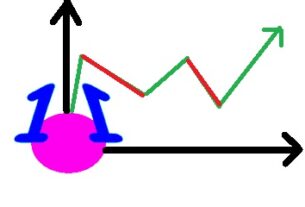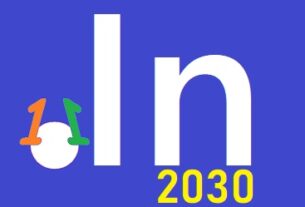Significant Quantum Leaps in Computing
1982: Nobel-winning physicist Richard Feynman came up with the idea for quantum computers
1985: David Deutsch publishes the idea of a “universal quantum computer” a blueprint that underpins the nascent industry of today.
1994: Peter Shor at Bell Labs presents an algorithm that can tap a quantum computer’s power to break widely used forms of encryption (referred to now as Shor’s algorithm).
1996: Lov Grover presents an algorithm for quantum computers that would be more efficient for searching databases (referred to now as Grove’s search algorithm)
1996: Seth Lloyd proposes a quantum algorithm which can simulate quantum-mechanical systems
2001: IBM and Stanford University publish the first implementation of Shor’s algorithm, factoring 15 into its prime factors on a 7-qubit processor.
2005: First qubyte (quantum byte) created at The Institute of Quantum Optics and Quantum Information at the University of Innsbruck in Austria
2010: D-Wave One: world’s first commercial quantum computer released
2016: IBM made quantum computing available on IBM Cloud
2018: Google claims the achievement of quantum supremacy.(the potential ability of Quantum Computing devices to solve tasks that classical computers practically cannot)
2019: IBM unveiled first 20-qubit commercial quantum computer named IBM Q System One



